Custom Recycled plastic packaging bags(PCR)
Custom recycled plastic packaging bags are GRS certified, post-consumer recycled plastics(PCR), and meet international environmental certification standards.
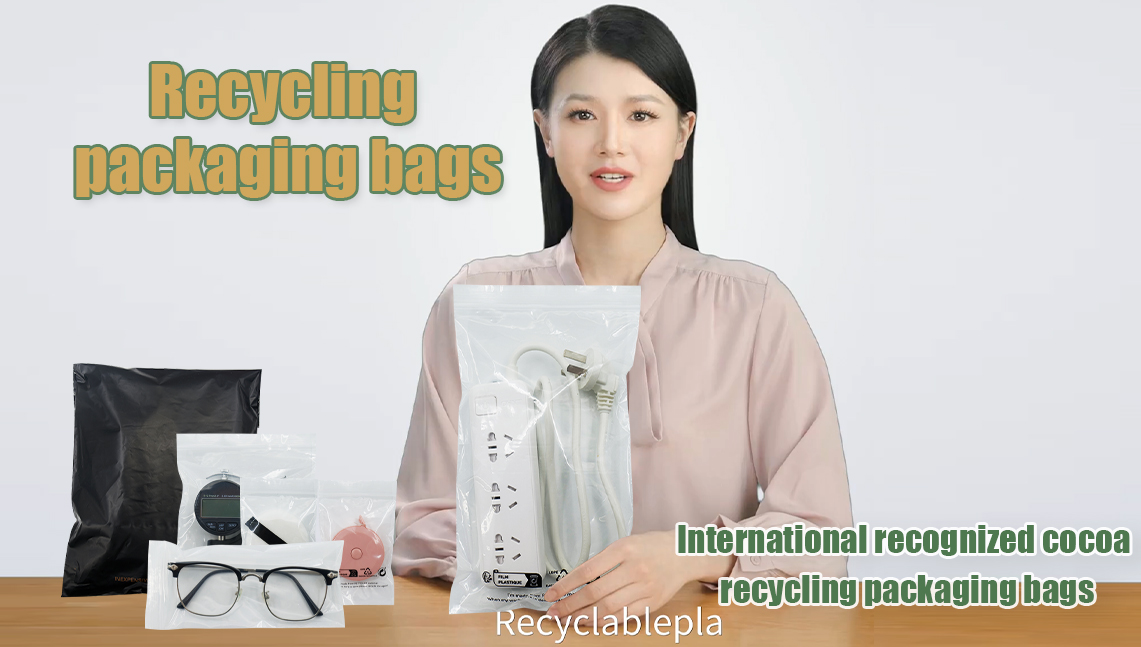
Custom bag type
Our customized recycled plastic packaging bags provide a variety of bag opening solutions to help you enhance your product image and ensure the quality of your product packaging.
Self-adhesive bags
There is a sealing line at the bag opening. Align the lines on both sides of the bag opening.
Zipper Bag
Zipper bags can be divided into ordinary zipper bags, file zipper bags and invisible zipper bags.
Ziplock Bag
Ziplock bags are packaging bags that can be automatically sealed by pressing.
Flat Pocket
A flat bag is a plastic bag with a flat opening. Its advantage is that it has a larger opening area.
Rope Handle Bag
Drawstring bag, also called lock rope bag, drawstring bag, drawstring bag, is a kind of packaging bag.
Free Shape Packaging Bag
Customize biodegradable packaging bags in various shapes.
Application Industry
Recycled plastic packaging bags, GRS certified, are used in various industries.
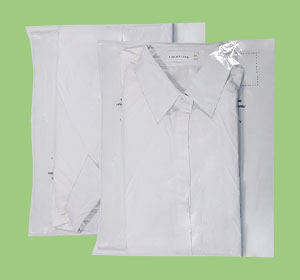
Clothing
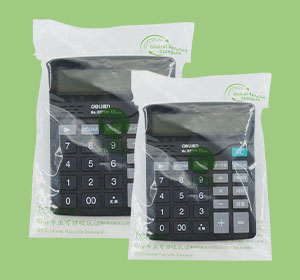
3C digital
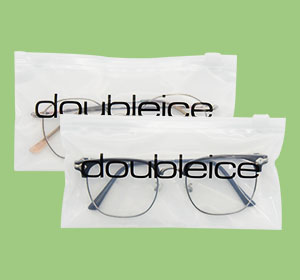
Glasses
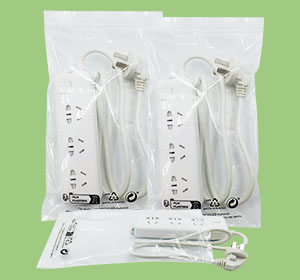
Electrical appliances
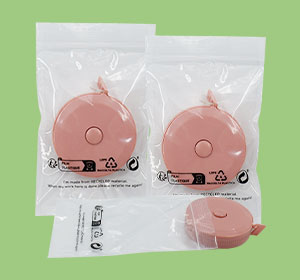
Cosmetics
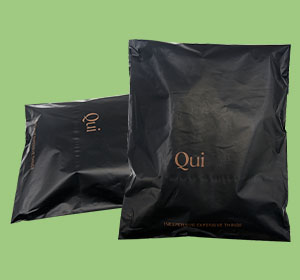
Express delivery
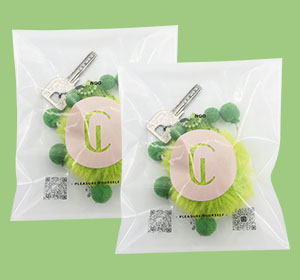
Personal care
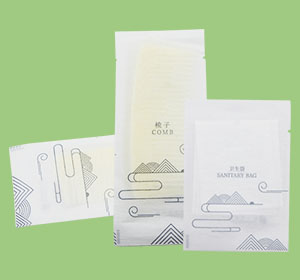
Hotel supplies
Custom success stories
What are Recycled plastic packaging bags?
Definition: Recyclable plastic bags are plastic bags that use recycled plastic and are recycled. They can be directly recycled after use. The international standard requires that the bag contain more than 20% recycled materials. Common customization ratios are 30%, 50% and 100%. The higher the ratio, the higher the price; the higher the ratio, the lower the aesthetics; the higher the ratio, the more impurities and crystal points. But the higher the ratio, the more environmentally friendly.
Classification by material: recycled PE, recycled CPE. We focus on recycling PE in our promotion, and we do less recycling CPE. When opening a TC report for recycled CPE bags, you can only note the material. At the same time, it is also divided into pre-consumption PIR and post-consumption PCR. TC reports can only be opened after consumption, so we directly tell customers that our bags are after consumption. If the customer requires pre-consumption, it is also OK, but the TC report still shows after consumption. Regarding after consumption and before consumption, customers generally don’t mention it, and there is no need to emphasize if the customer doesn’t mention it. If the customer mentions it, answer “after consumption”.
Bag type: flat bag, self-adhesive bag, handbag, bone bag, etc.
Features: environmentally friendly, reusable, waterproof; it is still plastic, will not degrade, and has no shelf life concerns.
Certificate: GRS certified.
FAQ
12 months under sealed conditions (prevent damage from moisture, soil, light, etc.). Those that are over 1 year old and within 1.5 years can still be used, but the edge sealing of the bag is not as good. The physical properties of degradable bags will slowly decrease with time, referring to the edge sealing, stretching, toughness and other physical properties. Bags will not be degraded if stored directly under normal conditions (avoid light and moisture). The premise of degradation must be the presence of microorganisms. Therefore, composting degradable bags requires a certain environment. But in fact, the back-end processing of degradable bags currently does not have a perfect processing system and has certain limitations. Therefore, some brands are excluded from degradable bags. Viscose fiber bags and paper bags do not have this restriction and meet the requirements of deplasticized packaging.
Degradation under composting conditions, home composting degradation time 12-18 months, industrial composting 3-6 months. Composting conditions: moisture (humidity) above 95%, soil, temperature (28-58 degrees), specific microorganisms.
Materials that can only be degraded into small fragments and cannot be converted into water and carbon dioxide within a specified time. Photo-oxidative degradation (D2W) adds 1-2% photo-oxidative additives to traditional PE materials. There are also PE and starch mixed materials, in which the starch part can be degraded, but the remaining PE part is still not degradable.
Infrared spectroscopy (comparing molecular structures) can be used to quickly identify the composition of plastic bags; chemical cracking methods can also be used (biodegradable materials can be quickly cracked under hot alkaline conditions, while ordinary plastic bags will not crack). The simplest and fastest method is combustion. Degradable bags burn with a neutral smell, while ordinary plastics burn with a pungent smell.

